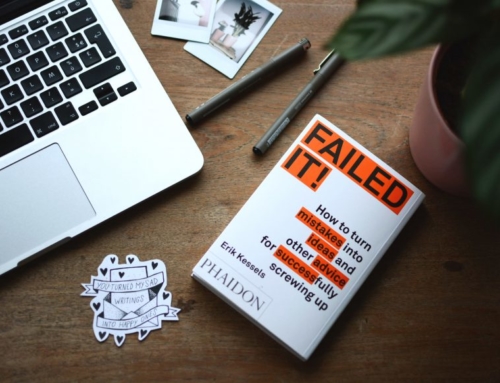No collections department is free of crazy payment excuses. In fact, if you’re a small business you’re more likely to come across late payment excuses. Dun & Bradstreet reported that majority of the culprits for taking a long time to pay their debts are large businesses with over 500 employees, leaving small businesses to try and handle the excuses. Sometimes these excuses are legitimate, while others may be simply trying to skirt payment. The trick is being able to discern when you can trust your customer’s payment excuses and how to respond so you can forge long-lasting, mutually respecting relationships with these customers.
So, what are the 8 most common reasons for non-payment? We’ve got excuses for you here.
I NEVER RECEIVED THE INVOICE
This is one of the most common excuses on the books. The best way to deal with this problem is by calling the customer and staying on the phone with them to confirm they received it, either by email or by fax. If they truly aren’t receiving it, help them to enter your email address into their sender list so that your emails are not blocked.
WE CANNOT PAY WITHOUT A PURCHASE ORDER NUMBER
This is the case for a lot of businesses, and it truly may not even be an excuse. Some accounting departments are required to have the purchase order number before they can pay the invoice. As a way to avoid this entirely, include the purchase order number on every invoice that you send.
THE PRODUCT WAS FAULTY
Although customers do have the right to refuse payment if a product was faulty, sometimes this is just a tactic used to get out of paying. Make sure that documentation is always provided on what exactly the customer will be getting and what exactly was delivered, and get it signed by the customer.
THE DUE DATE HASN’T ARRIVED
Whatever terms that you create for payment need to be followed by the customer, whether they are 30, 60 or 90 days. Sometimes customers will misinterpret when the net days begin, whether that is when they received the product or when they received the invoice. Make sure that you are always invoicing immediately after they receive the product or service. Also, follow up with payment reminders and how many days they have left until the due date.
THE CHECK PERSON IS NOT HERE
This is a commonly used diversionary tactic, but it can also be a legitimate excuse. The key here is trying to decide which is which. Some businesses require two signatures on their checks and if the person truly is not in, they may have their hands tied. However, if you’re continually hearing this same excuse from the same company, it may be time to ask to talk to someone in charge of their accounting department.
YOU’VE MESSED UP
The best way to excuse yourself from not paying? Deflecting it on to someone else. If your customer tries to say that the invoice isn’t correct or that it was shipped to the wrong place and the problem is your fault, make sure you are getting every detail in writing. This way you can prove that you sent it where it needs to be.
WE’VE GOT A CASH FLOW PROBLEM
This is one of the most honest excuses a business can give. No one wants to admit that they cannot afford to pay for something. This is an excuse you need to use your own judgement on. If they are a brand new customer and are already stating they have cash flow issues you may need to rethink the relationship. If it is a loyal, longtime customer, you may need to simply sweep this one under the rug and offer some leniency.
WHY SHOULD WE PUT YOU AHEAD OF OUR LARGE VENDORS?
As Dun & Bradstreet’s report pointed out, the larger companies are usually the ones handing out these excuses to small businesses. If a large company tries to brush off your collections process for their more “prestigious” accounts, then you need to take real action. Explain your nonpayment policy, including any legal repercussions, to this customer.




